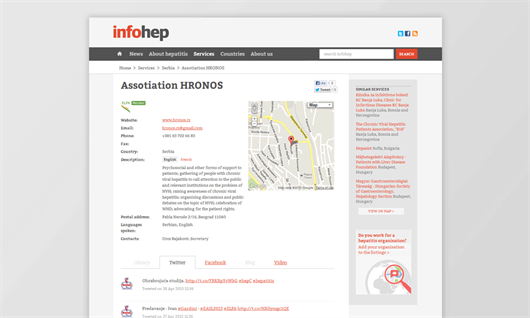New direct-acting antivirals for the treatment of hepatitis C virus (HCV) have moved a step closer to becoming available in the European Union and the United States in the past month.
On November 22, the European Medicines Agency recommended sofosbuvir for approval in the European Union. Sofosbuvir is a nucleotide polymerase inhibitor. Full recommendations on how the drug should be used will be issued when full marketing approval is granted during the first three months of 2014. The licence is likely to recommend its use in combination with pegylated interferon and ribavirin in genotype 1 infection, and in combination with ribavirin in genotype 2 and 3 infections. Sofosbuvir will be known by the brand name Sovaldi.
In the United States, both sofosbuvir and the second-generation HCV protease inhibitor simeprevir have received marketing approval in the past month.
Simeprevir will be marketed in the United States as Olysio, for use in combination with pegylated interferon and ribavirin by people with genotype 1 infection. The US Food and Drug Administration has strongly recommended that people with genotype 1a infection should be tested for a naturally occurring resistance mutation, Q80K, which substantially reduces the effect of simeprevir. This mutation may be present in up to half of people with genotype 1a infection in the United States.
Sofosbuvir has been approved in the United States for use in combination with pegylated interferon and ribavirin in genotype 1 infection, and in combination with ribavirin in genotype 2 and 3 infections. Its use may also be considered in combination with ribavirin for people with genotype 1 infection who are ‘ineligible’ for pegylated interferon. According to a poll of US physicians undertaken last week, the majority would consider a patient ‘ineligible’ to take interferon if they were unwilling to do so.



Connect with infohep on Facebook: Keep up to date with all the latest news and developments.
Follow infohep on Twitter for links to news stories and updates from infohep.org. Follow us at www.twitter.com/infohep.
Follow all the infohep news by subscribing to our RSS feeds.